In the demanding world of lifting operations, safety isn’t just a priority – it’s the absolute foundation. A critical component often taken for granted, yet vital for preventing catastrophic accidents, is the 起重機吊鉤安全閂鎖. Ensuring this small but mighty device is OSHA compliant isn’t optional; it’s a legal and moral imperative. This guide dives deep into what makes a safety latch OSHA compliant and why it matters for every lift.
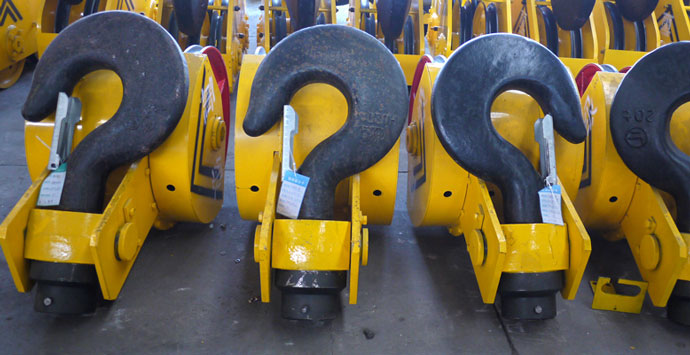
Imagine a suspended load slipping off the hook. The consequences – property damage, 重傷, or even fatality – are unthinkable. The primary function of a safety latch is to prevent exactly this: containing the load within the hook’s throat, acting as a crucial barrier against accidental disengagement caused by:
1. Slackening or shifting of the sling/load.
2. Snagging on obstacles.
3. Unexpected movement or vibration.
4. Operator error during positioning.
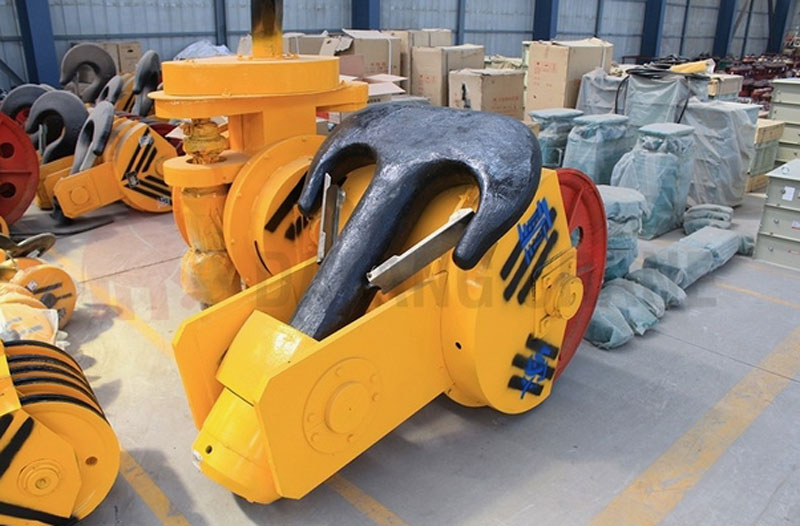
The Occupational Safety and Health Administration (OSHA) sets the benchmark for workplace safety in the US. Key regulations governing crane hooks and latches include:
2. OSHA 29 CFR 1926.1431(c)(2)(i): This regulation applies specifically to cranes and derricks in construction. It mandates: 掛鉤 (other than hand hooks) and latches… must be of sufficient weight, size, and shape to prevent the load from accidentally slipping off the hook.
Simply having *a* latch isn’t enough. An OSHA compliant safety latch must be:
1. Present: Installed on the hook as standard equipment.
2. Functional: Operate correctly – closing automatically over the throat opening and remaining securely engaged under normal lifting conditions. It should not be easily forced open by the load or rigging.
3. Appropriate: Sized and designed specifically for the hook it’s attached to and suitable for the types of loads and rigging used.
4. Maintained: Free from damage (裂縫, 過度磨損, 彎曲, missing springs) that would prevent it from performing its safety function. Latches should move freely without binding.
5. Used Correctly: NEVER intentionally disabled, tied back, or removed. OSHA inspectors frequently cite this as a violation. The latch must be allowed to perform its job – closing over the load.
6. Providing Equivalent Protection (if no latch is used): If relying on the exception (1910.179(乙)(4)(ii)), the alternative method (mousing, shackle pin, ETC。) must demonstrably prevent accidental disengagement as effectively as a properly functioning latch. Documentation justifying this equivalence is essential.
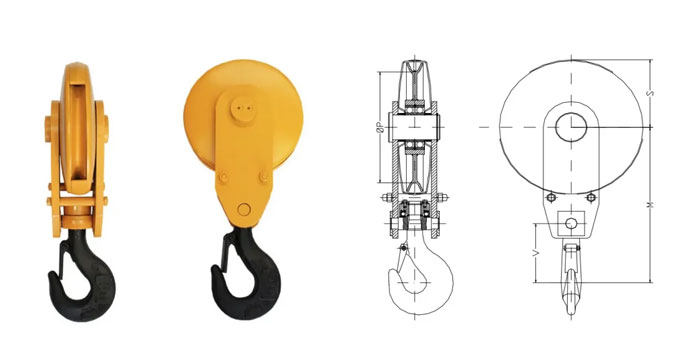
Be vigilant to avoid these frequent citations:
Missing Latches: Hooks delivered or operated without a latch installed.
Damaged or Inoperable Latches: Bent latches, missing springs, latches that don’t close automatically, or are jammed open.
Disabled Latches: Latches intentionally wired, tied, clamped, or otherwise held open.
Lack of Equivalent Protection: Using hooks without latches in situations where no demonstrably equivalent safety method is employed.
Improper Hook/Latch Match: Using a latch not designed for the specific hook size or type.
1. 使用前檢查: Make a thorough visual and functional check of the hook AND safety latch part of the daily pre-operational inspection checklist. Look for damage, 穿, and ensure it closes freely and securely.
2. Regular Maintenance & 檢查: Include hooks and latches in periodic (每月, 季刊, annually) comprehensive inspections performed by qualified personnel. Follow manufacturer guidelines and ASME B30.10 standards.
3. Immediate Removal from Service: Any hook with a missing, 損壞的, or inoperable latch must be tagged out and removed from service immediately until properly repaired or replaced.
4. Never Disable the Latch: Establish a strict safety culture where disabling a latch is unacceptable. Train operators and riggers on the critical importance of the latch.
5. 適當的訓練: Ensure all personnel involved in crane operation, rigging, and signaling understand OSHA requirements regarding hooks and latches, how to inspect them, and the dangers of bypassing them.
6. 文件: Maintain records of inspections, 維護, 修理, and any justification for operating latchless hooks under the exception clause.
The crane hook safety latch is a small component with an enormous responsibility: keeping your load secure and your workforce safe. OSHA compliance isn’t about bureaucracy; it’s about implementing proven, effective measures to prevent devastating accidents. By ensuring your safety latches are always present, 功能性的, maintained, 並正確使用, you fulfill a fundamental legal obligation and, 更重要的是, protect the lives of everyone on your worksite. Never underestimate the power of that little latch – make its compliance a cornerstone of your lifting safety program.
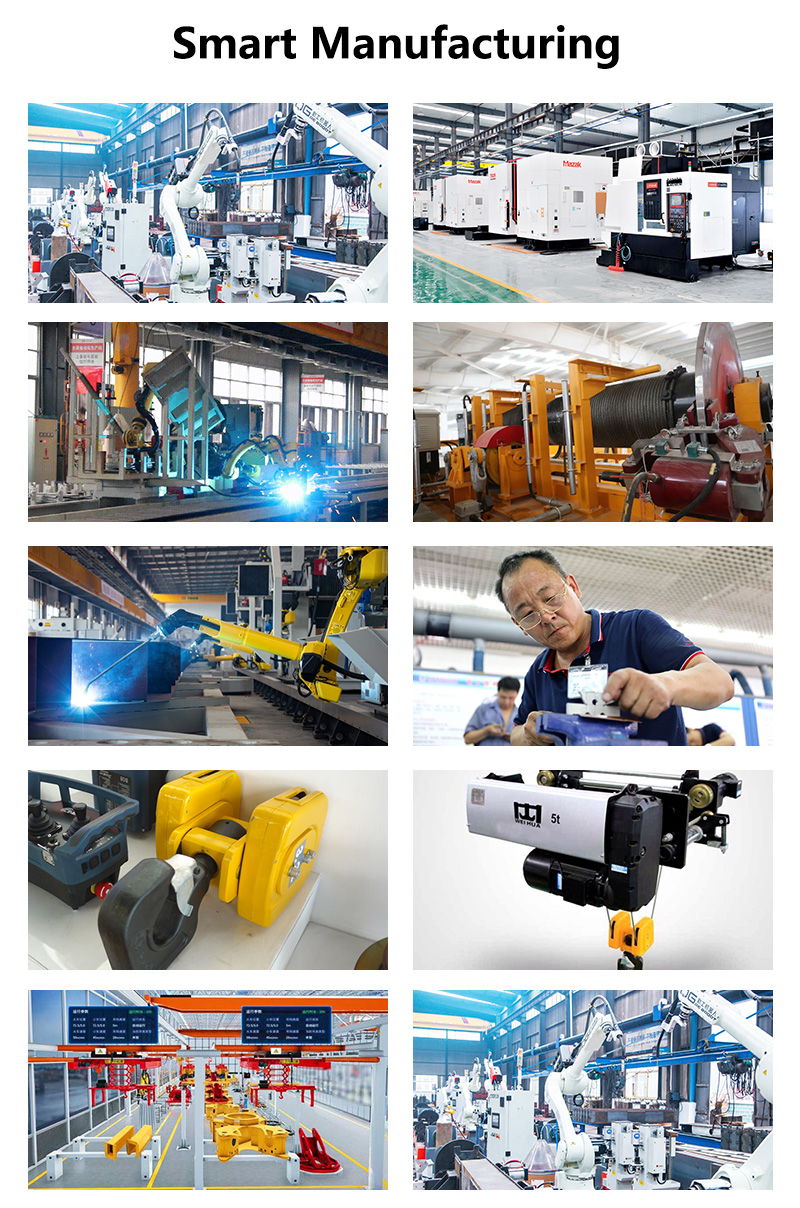
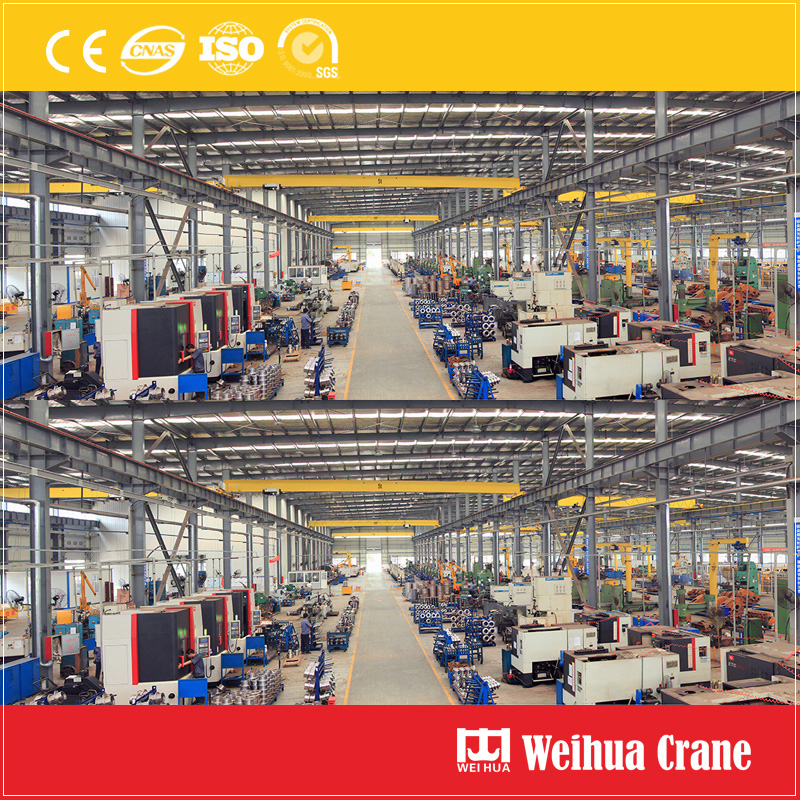
Q1: Why is a safety latch on a crane hook so important?
一個: The safety latch is a critical fail-safe device. It prevents slings, ropes, or hardware from accidentally slipping out of the hook’s throat during lifting operations. 沒有它, loads can disengage due to slack, vibration, snagging, or operator error – leading to dropped loads, property damage, severe injuries, or fatalities.
Q2: Are safety latches required by OSHA?
一個: 是的, with very limited exceptions. OSHA regulations (29 CFR 1910.179(乙)(5) for general industry and 29 CFR 1926.1431(c)(2)(i) for construction) mandate that crane hooks must be equipped with functional safety latches. The only exception is if using a latch creates a greater hazard (例如。, specialized ladle/magnet work) OR if an equivalent method (like mousing or a secured shackle pin) provides equal protection against disengagement. Employers must rigorously justify any exception.
第三季度: What makes a safety latch “OSHA compliant”?
一個: A compliant latch must be:
✅ Present (installed on the hook).
✅ Functional (closes automatically and stays engaged under load).
✅ Properly Maintained (no damage, 彎曲, 裂縫, or missing springs).
✅ Correctly Used (never disabled, tied back, or removed).
✅ Appropriate for the Hook & 載入 (correct size/type).
If no latch is used under the exception, the alternative method must provide demonstrably equivalent safety.
我們重視您的反饋! 請填寫下面的表格,以便我們可以根據您的特定需求來量身定制服務.

最新評論